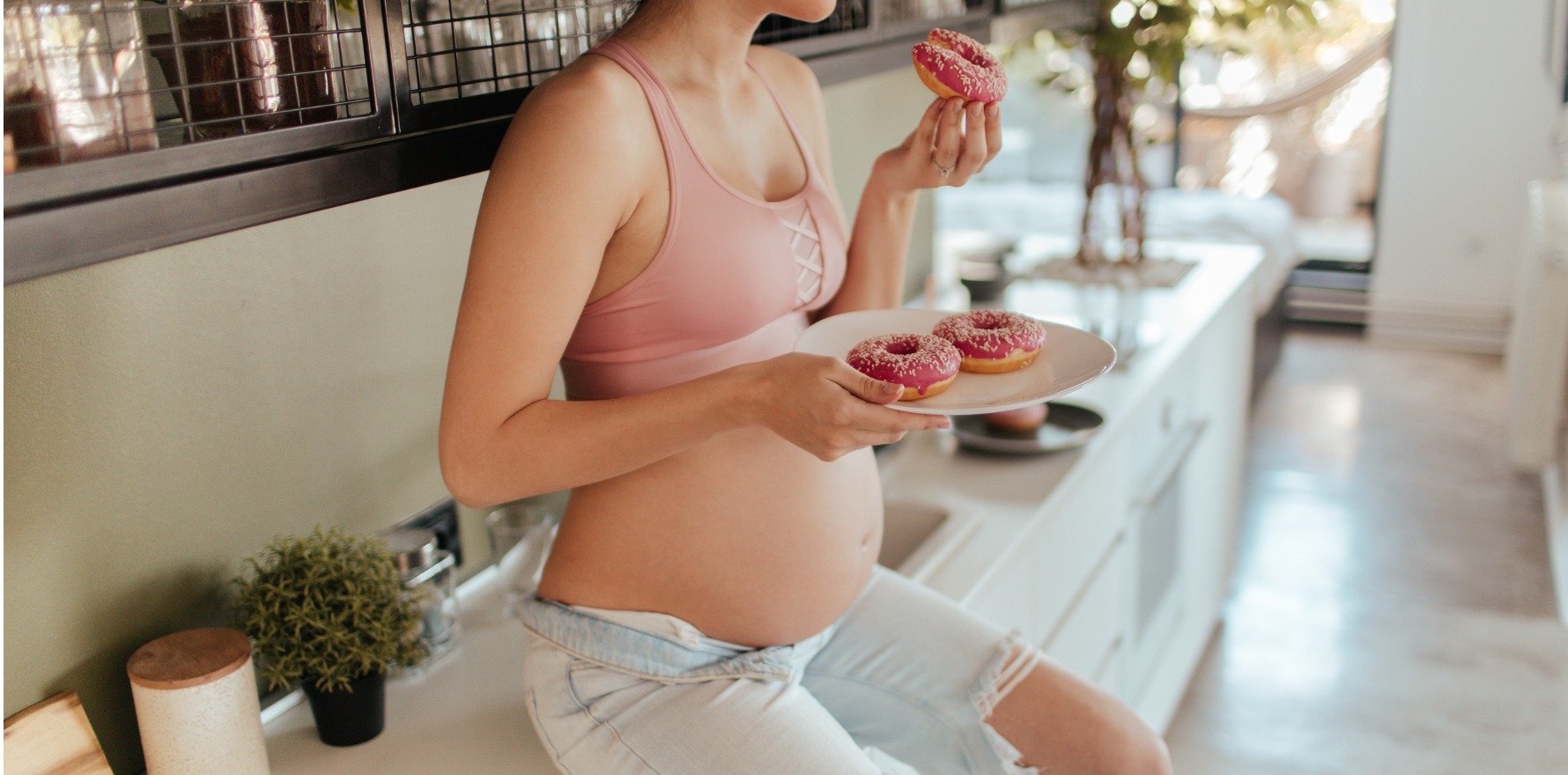Concerns about overdiagnosis appear to have been heard, with the update expected to reduce the amount of low-risk women labelled with the condition.
Fewer low risk pregnant women are expected to be diagnosed with gestational diabetes, thanks to the first new national guidelines in a decade.
The Australasian Diabetes in Pregnancy Society (ADIPS) guidelines raise the glucose threshold needed for a diagnosis in early and late pregnancy.
Emeritus Professor Paul Glasziou AO welcomed the changes, saying previously lower thresholds had contributed to an overdiagnosis of gestational diabetes.
More than 280,000 women give birth each year in Australia, and almost one in five are diagnosed with the condition.
The reported incidence of GDM roughly doubled after the introduction of the previous 2014 guidelines, Professor Glasziou, a GP and former director of the Institute for Evidence-Based Healthcare, said.
But he said the desire to catch all possible cases had to be balanced with the potential harms of diagnosing a portion of women who weren’t going to experience better outcomes yet may have to deal with unnecessary anxiety, the burden of changing their diet, and the cost and inconvenience of not delivering with a midwife.
This could be especially disruptive and challenging for women in rural and regional areas, he added.
The new guidelines, which are officially recognised as an Accepted Clinical Resource by the RACGP, still recommend screening with a 75g two-hour oral glucose tolerance test (POGTT) between 24- and 28-weeks’ gestation.
But now women at a high risk of undiagnosed, overt diabetes in pregnancy (overt DIP) will get a HbA1c test in the first trimester.
Overt DIP should be diagnosed any time in pregnancy if women meet one or more of the following criteria:
- Fasting plasma glucose (FPG) ≥ 7.0mmol/L
- Two‐hour plasma glucose (2hPG) ≥ 11.1 mmol/L following a 75g two‐hour POGTT
- HbA1c ≥ 6.5% (≥ 48 mmol/mol)
High risk groups included women with previous GDM, obesity, overweight, a family history, older age, PCOS, hypothyroidism, a history of adverse pregnancy outcomes and multiparity.
It also says that before 20 weeks’ gestation, and ideally between 10- and 14-weeks’ gestation, if tolerated, women with a previous history of GDM or early pregnancy HbA1c ≥ 6.0‐6.4% (≥ 42–47mmol/mol), but without diagnosed diabetes, should undergo a 75g two‐hour POGTT.
Irrespective of gestation, GDM should be diagnosed using one or more of the following criteria during a 75g two‐hour POGTT:
- FPG ≥ 5.3–6.9mmol/L
- One‐hour plasma glucose (1hPG) ≥ 10.6mmol/L
- 2hPG ≥ 9.0–11.0mmol/L
Dr Gary Deed, chair of the RACGP diabetes specific interests group, said the revised diagnostic criteria came from updated evidence on the links between glycaemic cutoffs and outcomes in gestational diabetes.
“It also adds emphasis on the early diagnosis of diabetes in pregnancy, which carries higher risks for the mother and offspring, plus emphasises the role of GPs assessing high risk individuals at the initial antenatal visit or between 10-14 weeks with a HbA1c to ensure we are picking up DIP early enough for intervention,” he said.
Dr Deed and Professor Glasziou represented the RACGP in giving feedback on the draft guidelines but weren’t involved in writing them.
Professor Glasziou said the key issue for GPs was how to handle patients with a borderline test result.
“There’s some recognition in the document about this, but no decision was made at the time about what you should do about a single potential false positive,” he said.
“You don’t diagnose hypertension or high cholesterol or anything else without a replication. Whereas for gestational diabetes, we are doing that.”
Professor Glasziou recommended GPs make a diagnosis of gestational diabetes provisional, particularly if it was a surprise.
For example, if a young, healthy, non-obese woman for whom the GP had no prior suspicion came back with a borderline result, it could signal a false positive.
Professor Glasziou said women should be monitored and the abnormal test result – which was usually the fasting plasma glucose test – repeated a couple of times before they were labelled, he said.
While the changes would not return incidence rates back to pre-2014 levels, he said it would bring them down “substantially”.
“It’s a reasonable compromise position that I think most groups are now happy to sign on to,” he said.
Diabetes Australia, the Australian Diabetes Society and the Australian Diabetes Educators Association welcomed the changes, saying they will better target women most in need.
“For the first time, Australia’s leading experts in GDM including general practitioners, obstetricians, midwives, diabetes clinicians and pathologists, have united behind a national approach to improve the consistency and clarity of GDM diagnosis,” the peak bodies said in a media release.
“This collaboration marks a significant milestone in maternal health and diabetes care.”
The group said the new recommendations would be rolled out in primary care and hospitals in coming months.
“It’s critically important that every woman who develops GDM is identified and supported with the care she needs,” the group said.
“These updated guidelines will facilitate that goal by focusing healthcare resources where they can make the biggest difference on women and babies most at risk.”
Authors of the new guidelines said that there was “substantial variation” in screening here and abroad.
“Given the continuum of risk between glycaemia and adverse pregnancy outcomes, there will always be arguments for and against any specific diagnostic thresholds,” they said.
“Therefore, we adopted a consensus‐based approach to updating these evidence‐based recommendations.”


